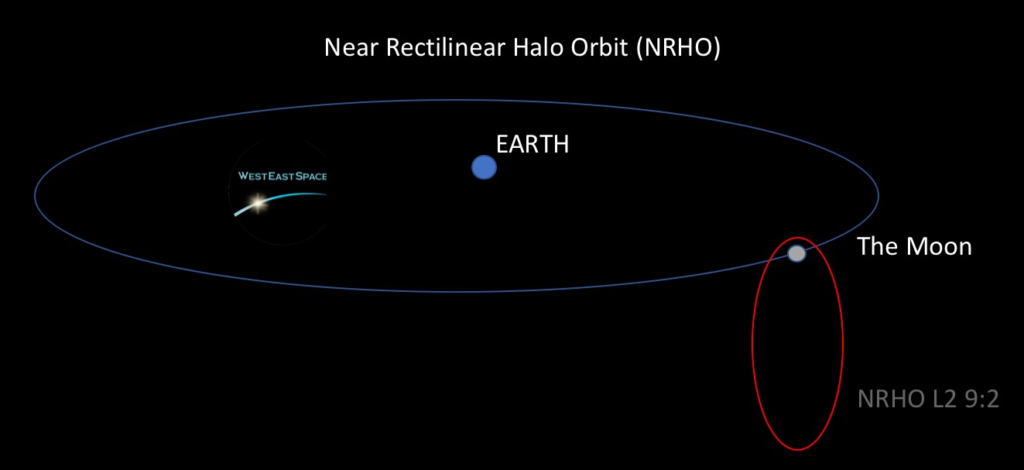Boeing flubbed the first mission of the CST-100. Seemingly a routine mission for SpaceX after completing over 20 deliveries to the International Space Station, Boeing showed how not to do it. During the December 2019 Demo flight for the Boeing Starliner CST-100, the Starliner did not reach its planned orbit. Nor did the Starliner dock to the International Space Station as planned. Boeing was able to complete a number of mission objectives during the flight to comply with the milestones related to NASA’s Commercial Crew.
CST-100 Starliner OFT Recovery – December 22, 2019
On the ULA Atlas V rocket at 6:36 a.m. Friday, Dec. 20, the Boeing Starliner launched from Space Launch Complex 41 at Cape Canaveral Air Force Station in Florida. Boeing has a long rich history in both aviation and spaceflight. This mission, already three years behind in schedule, should have been a slam dunk.
After launching to the incorrect orbit, Boeing was able to successfully recover the Starliner. NASA shared that Boeing’s CST-100 Starliner spacecraft did successfully complete the first land touchdown of a human-rated capsule at the White Sands Space Harbor in New Mexico at 7:58 a.m. EST (5:58 a.m. MST) on December 22, 2019. The landing followed a deorbit burn for the botched flight, separation of the spacecraft’s service module, and successful deployment of its three main parachutes and six airbags. Boeing’s approach to the Starliner is unique as the prior US-made capsules, including the SpaceX Dragon, are water recoveries.
Starliner settling softly to the ground on Airbags wasn’t enough.
The NASA and Boeing investigation into the spaceflight was disclosed in Early March 2020. The recommendations included a list of corrections that needed to be addressed prior to the Starliner launching again. The investigation documented 61 “corrective actions” for the company’s Starliner spacecraft. This type of test did do what it was supposed to do. Find issues before people are exposed to potentially dangerous situations. This human risk reduction is a hallmark of the NASA Commercial Crew Program which was put in place to alternatives to the Space Shuttle and Soyuz spacecraft. NASA associate administrator Doug Loverro shared with reporters on a conference call that he expected it months for Boeing to work through the list to be ready for another test flight.

